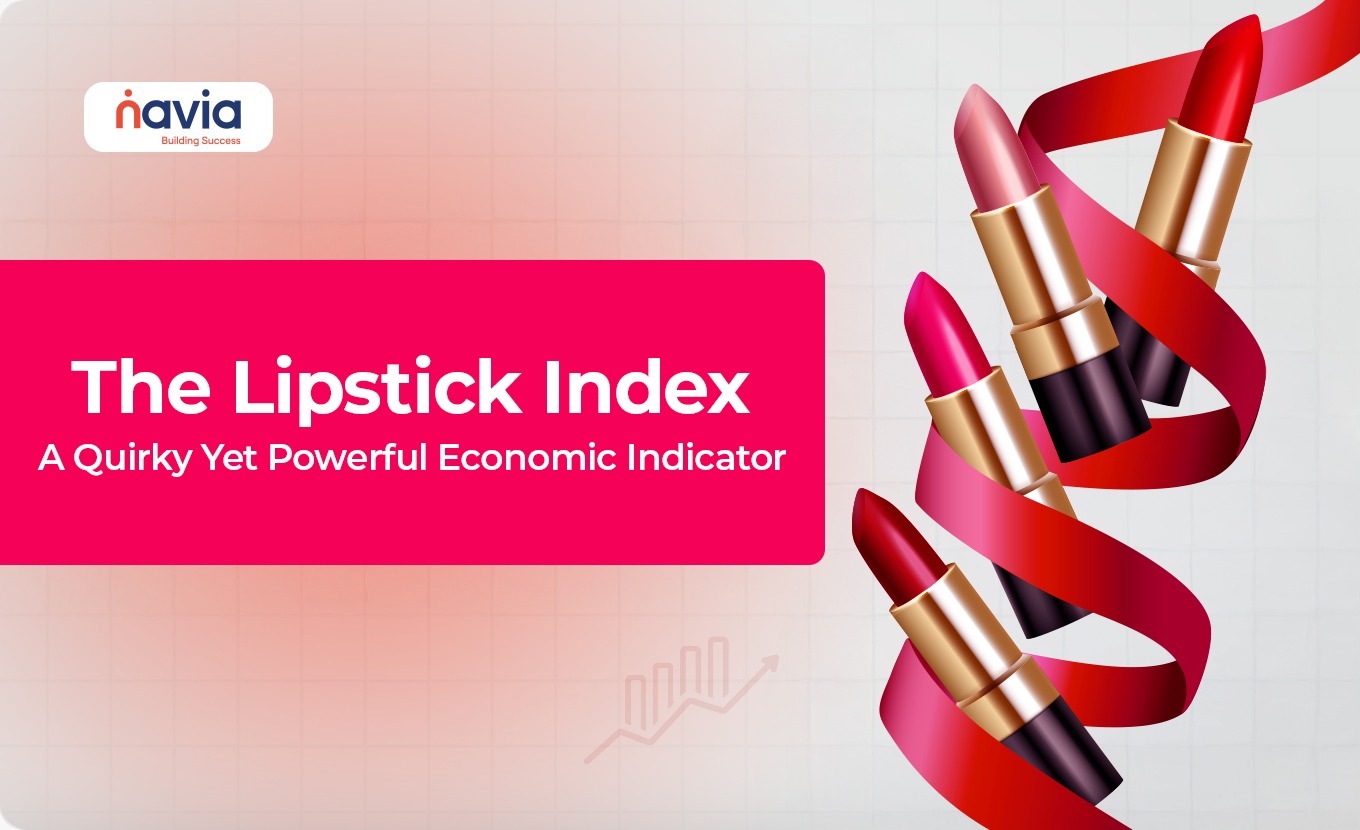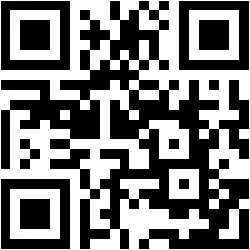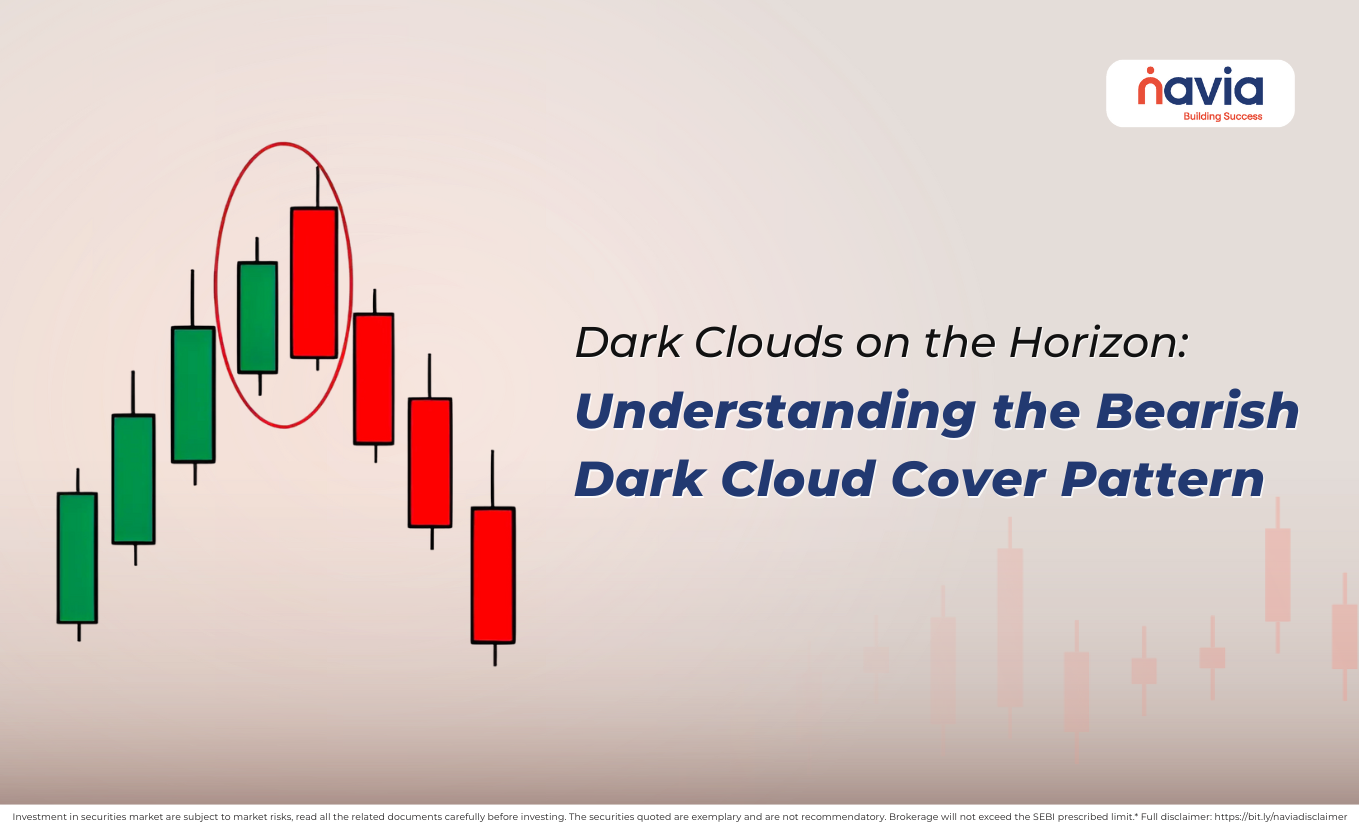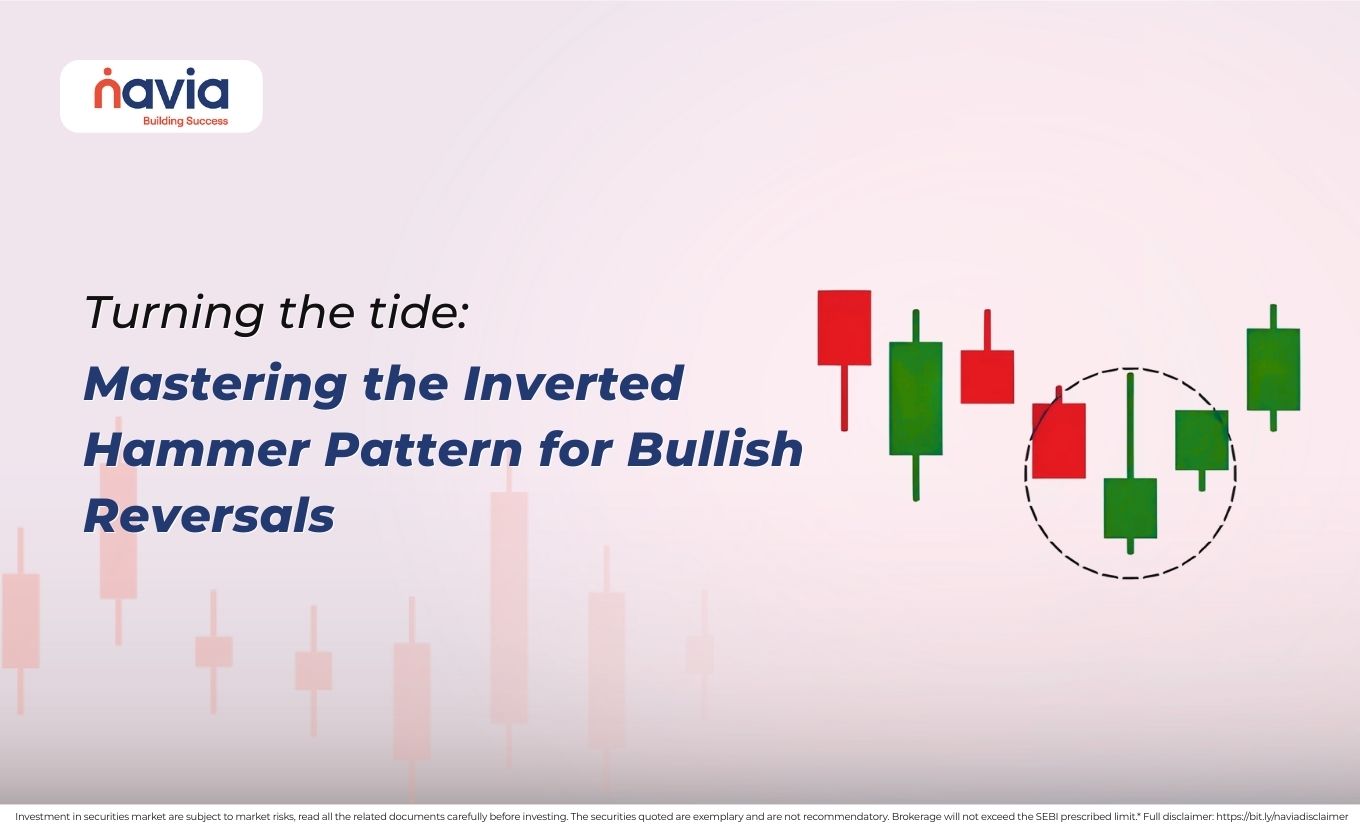The Lipstick Index: A Quirky Yet Powerful Economic Indicator

In the world of investing and economic analysis, we often rely on traditional indicators like GDP growth, unemployment rates, and inflation to gauge the health of an economy. However, there’s one quirky and somewhat unconventional indicator that has garnered attention for its surprising accuracy in predicting economic trends: the Lipstick Index.
What is the Lipstick Index?
The Lipstick Index is a term coined by Leonard Lauder, the CEO of Estée Lauder, during the 2001 recession. Lauder noticed a curious trend: despite an economic downturn, lipstick sales seemed to increase. This seemingly trivial observation sparked a theory that luxury cosmetics, specifically lipstick, could be a leading indicator of consumer confidence and economic health.
Why Lipstick?
Lipstick, as a product, is relatively inexpensive compared to other luxury goods, making it an accessible indulgence for consumers. During times of economic uncertainty or financial stress, people often reduce their spending on expensive items like vacations, cars, or designer clothing, but they still want to treat themselves. Enter lipstick, a low-cost luxury that allows people to maintain a sense of indulgence and self-care, even when money is tight.
This phenomenon is driven by a psychological principle known as “affordable indulgence”. When consumers are feeling financially strained, they may cut back on big-ticket items but continue to splurge on small, inexpensive luxuries like lipstick, which can elevate their mood without breaking the bank.
The Lipstick Index in Action
The Lipstick Index is particularly useful during economic downturns. Here’s how it works:
🔸 In Recessions: During times of economic difficulty, when consumer confidence is low and discretionary spending is reduced, sales of lipstick and other cosmetics tend to rise. This suggests that people are looking for affordable ways to indulge themselves, despite financial pressures.
🔸 In Booms: During periods of economic prosperity, when consumers have more disposable income, the sales of lipstick might plateau or even decline, as people opt for larger, more expensive luxuries, such as designer bags or high-end vacations.
This inverse relationship between luxury goods and affordable indulgences provides valuable insights into consumer sentiment and economic confidence.
Historical Examples of the Lipstick Index
🠖 2001 Recession: The Lipstick Index was first noticed during the economic downturn of the early 2000s. Despite an overall decline in consumer spending, lipstick sales soared. Leonard Lauder, CEO of Estée Lauder, remarked that lipstick sales were up during the 2001 recession, even though other luxury goods were struggling. This sparked the idea that lipstick could serve as a barometer of consumer confidence.
🠖 2008 Financial Crisis: The Lipstick Index gained even more attention during the 2008 global financial crisis. As stock markets plunged and unemployment rates soared, consumer spending took a hit. However, sales of lipstick and other affordable beauty products remained strong, signaling that while consumers were tightening their belts, they were still looking for ways to indulge in small luxuries.
During this time, cosmetic companies like L’Oréal, Revlon, and Estée Lauder reported steady or increased sales of products like lipstick, despite the broader economic turmoil. This reinforced the idea that small, affordable indulgences were a key indicator of economic resilience.
🠖 COVID-19 Pandemic: The Lipstick Index experienced an interesting twist during the COVID-19 pandemic. With lockdowns in place, office closures, and social distancing measures, the demand for lipstick initially fell as people stayed home and wore masks. However, as economies began to recover and people returned to social activities, there was a resurgence in lipstick sales. This was particularly noticeable in the second half of 2020 and into 2021, as people wanted to feel “normal” again by indulging in beauty products.
Despite the rise of face masks and the decline of in-person events, many individuals resumed purchasing lipstick and other cosmetics as they navigated a new sense of normalcy, showcasing how consumer behavior often adjusts to new circumstances while still seeking affordable indulgences.
Why Does the Lipstick Index Matter?
The Lipstick Index, while seemingly trivial, provides a valuable lens through which to view consumer behavior, particularly during times of economic stress. It highlights several key factors about consumer psychology:
1. Affordable Indulgence: Lipstick serves as an example of an affordable indulgence—a small luxury that allows consumers to treat themselves without spending much. This spending pattern is often indicative of a desire for comfort during tough times, and it suggests that consumers are still willing to spend, but they do so cautiously.
2. Resilience of the Beauty Industry: The beauty industry has long been resilient in economic downturns. While the broader retail sector may see declines during recessions, beauty products—particularly those cater to self-care and personal enhancement—tend to fare better. The Lipstick Index underscores this resilience, showing that people still want to look and feel good, even when money is tight.
3. Early Economic Indicator: As a leading indicator, lipstick sales can give early warning signs of a shift in consumer sentiment. When lipstick sales rise in the face of economic difficulties, it suggests that consumers may be feeling more optimistic or are finding ways to maintain a sense of normalcy. Conversely, a decline in lipstick sales could signal that consumer confidence is weakening, and people are becoming more hesitant to spend on any luxury, even affordable ones.
4. Retail Trends: The Lipstick Index also provides valuable insights into retail trends. Cosmetics and beauty brands, in particular, can benefit from understanding these patterns. By monitoring shifts in lipstick sales, companies can adjust their strategies to meet changing consumer demand, launching new products or targeting specific demographics that may be more inclined to indulge in small luxuries during economic shifts.

Indian Lipstick Brands to Watch
Lakmé:
Lakmé is seen as a flagship brand for Hindustan Unilever (HUL), and its products are available in major retail stores across India. Their lipsticks have a significant market share in both urban and rural markets.
Maybelline India:
Maybelline is a subsidiary of L’Oréal, and it holds a significant position in the mass-market cosmetics sector in India.
Sugar Cosmetics:
Sugar Cosmetics is a fast-growing indie brand in India and competes strongly with global brands due to its focus on cruelty-free products and bold, edgy branding.
Colorbar:
Colorbar has made a mark in both the premium and affordable segments of the market, appealing to a broad audience of beauty-conscious Indian women.
Nykaa:
Nykaa has grown significantly in recent years and is now considered one of the most influential beauty platforms in India.
Tracking Lipstick Sales for a Lay Investor
For a lay investor, tracking lipstick sales or cosmetic product performance might seem daunting, but there are several ways to gather insights into the trends and understand how these products are performing in the market. Here’s how:
1. Financial Statements of Companies:
🠖 Companies like Hindustan Unilever, L’Oréal India, and Nykaa (which have significant lipstick product lines) regularly publish their quarterly and annual earnings reports. These reports often include insights into the performance of specific product categories, including cosmetics and lipsticks.
🠖 Investors can look at revenue growth in the “personal care” or “beauty” segments of these companies to infer lipstick sales.
2. Retail Data, Google Search trends, Sentiment Analysis
Conclusion
The Lipstick Index may seem like a whimsical concept, but it provides an insightful glimpse into the psychology of consumers, especially during uncertain times. As a small, affordable luxury, lipstick serves as a leading indicator of consumer sentiment, giving investors and analysts a unique tool to gauge economic confidence and predict trends in retail and beyond.
Next time you notice a boost in lipstick sales during tough times, remember—it’s not just about beauty; it’s a sign of a resilient, indulgent consumer willing to treat themselves even when the economy is down.
Do You Find This Interesting?
Frequently Asked Questions
What is Lipstick Index?
It’s an economic indicator that suggest the sales of affordable luxuries (lipstick) to rise during economic downturns.
Who coined the term Lipstick Index?
The Lipstick Index term coined by Leonard Lauder, the CEO of Estée Lauder.
Does the Lipstick Index apply only to women’s products?
No. We can apply the principle to any affordable luxury like, perfumes, grooming products or skincare.
How does the Lipstick Index indicate economic downturns?
If the economy struggles, consumers reduce the purchase of big-ticket items but continue to buy small luxury items like lipstick to satisfy themselves.
Are there similar indicators like the Lipstick Index?
Yes. There are some quirky indicators like Men’s Underwear Index, Hemline Index, and Skyscraper Index are reflecting consumer behaviour and economic sentiments in different ways.
DISCLAIMER: Investments in the securities market are subject to market risks, read all the related documents carefully before investing. The securities quoted are exemplary and are not recommendatory. Brokerage will not exceed the SEBI prescribed limit.






